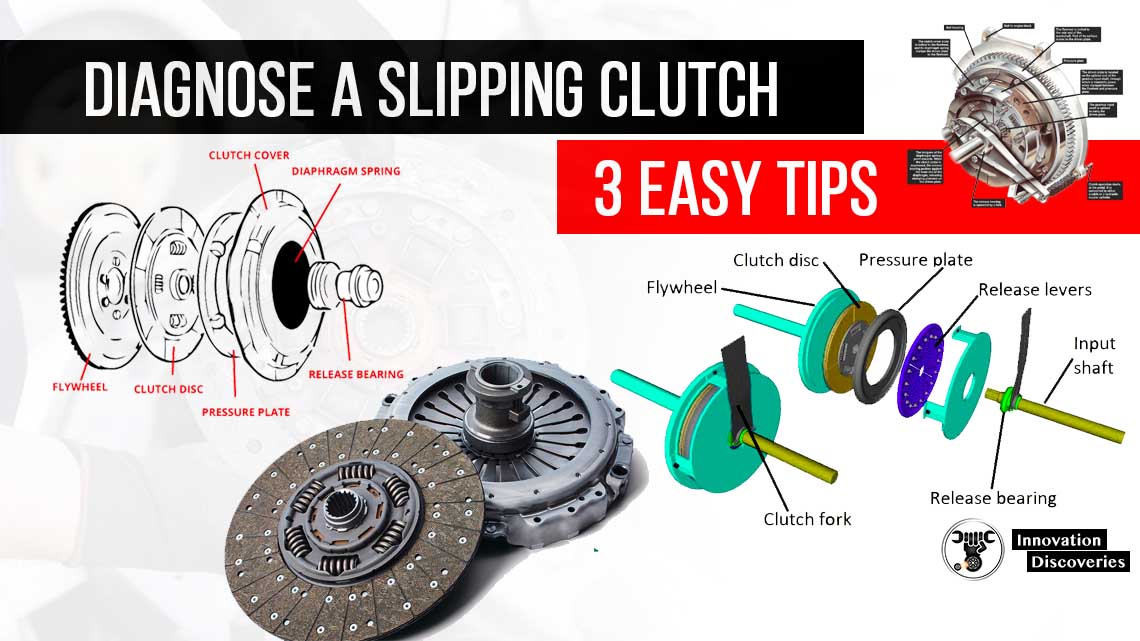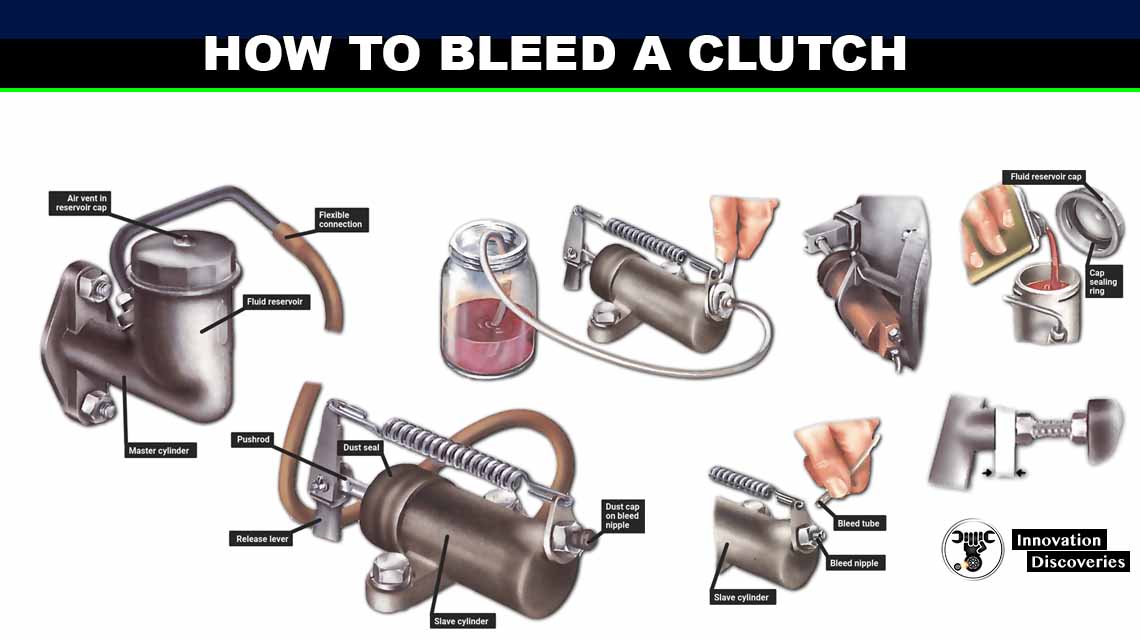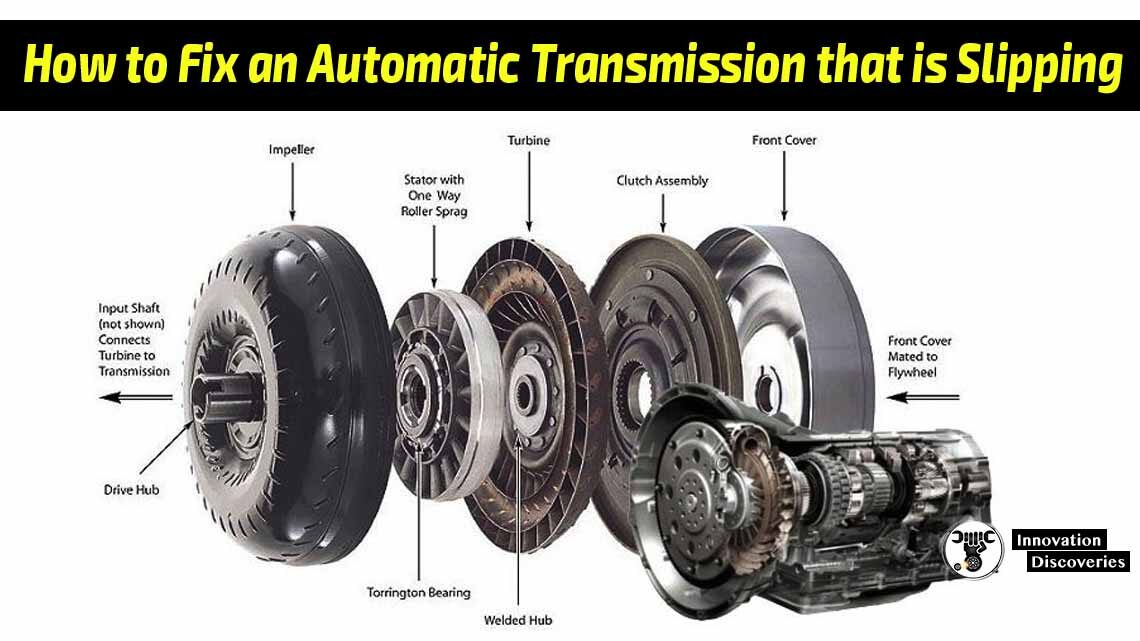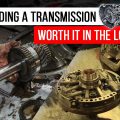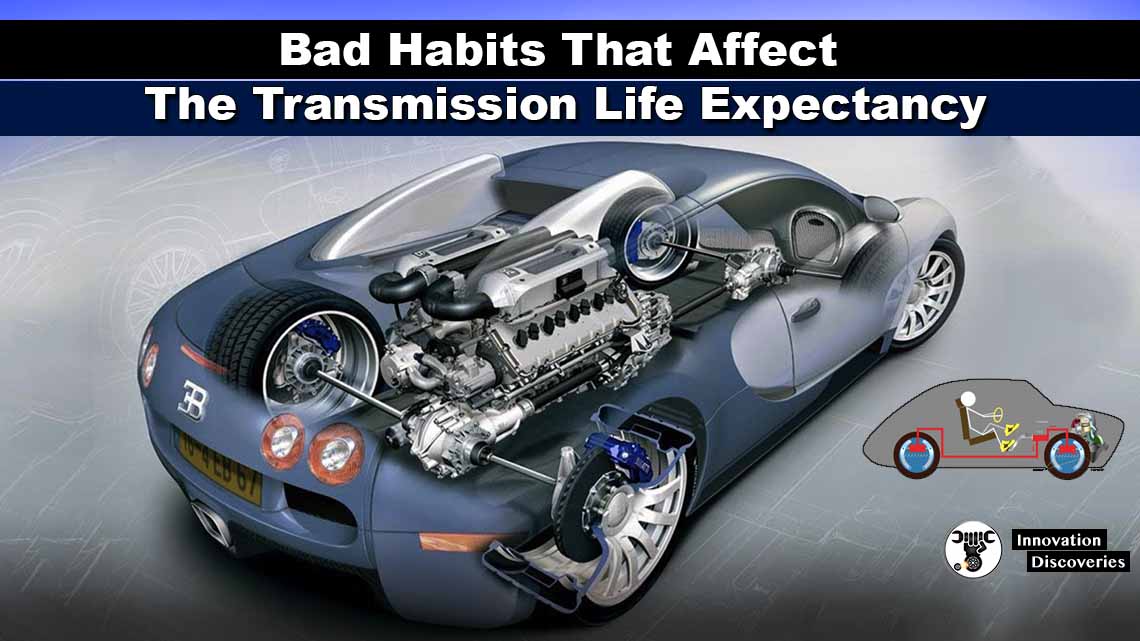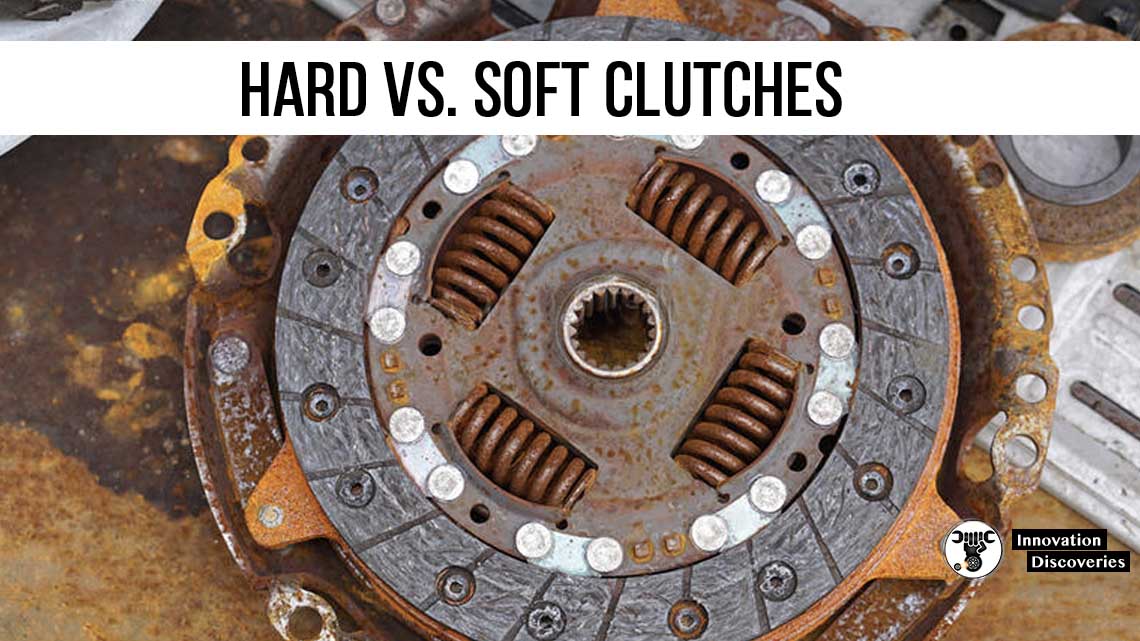
In a sports car, it’s desirable to have short clutch pedal travel for quick shifting.
The shorter the travel, the less the mechanical advantage you can apply, meaning a stiffer pedal.
Harder clutches in high-powered sports cars are a matter of physics:
The clutch has to ‘hold,’ at a minimum, the engine outputs’ peak torque.
As power rises, you can address the issue in several different ways:
- Increase the area of the clutch disks (usually this means an increase in clutch diameter, and therefore has other undesirable side effects)
- Increase the friction of the clutch materials (it is primarily due to materials advancements that clutch stiffness has decreased in modern sports cars)
- Increased the clutch force, with a corresponding increase in the force required to activate the clutch pedal.
RELATED CONTENT:
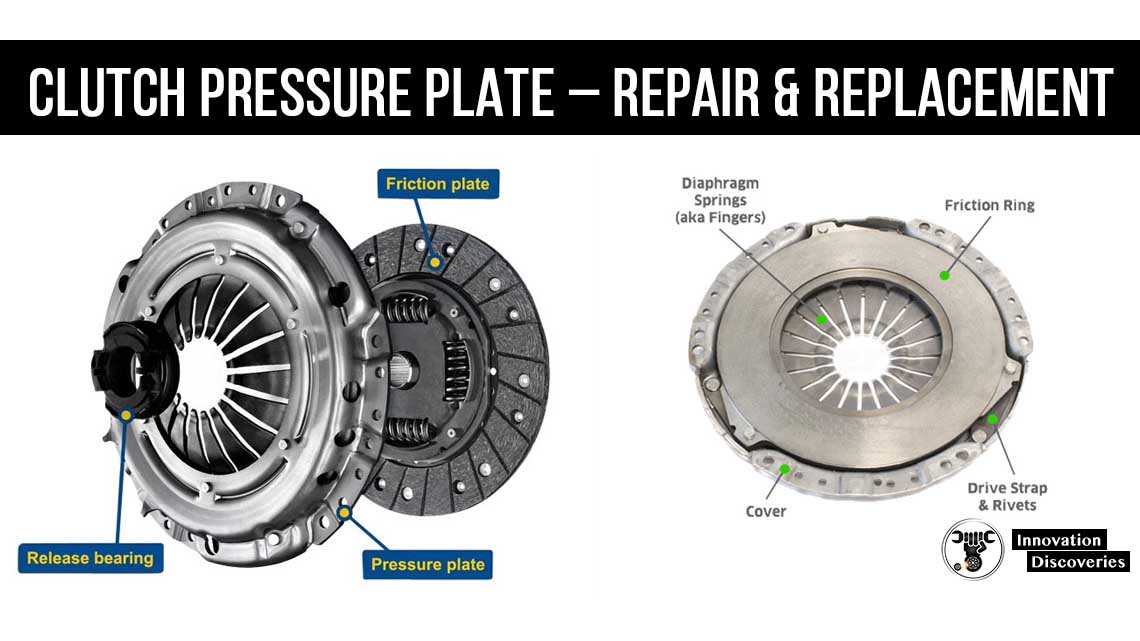
ALSO, READ: HOW A CAR CLUTCH WORKS

Can a car clutch be made lighter / easier to operate?
Generally, a clutch can’t be made softer without significant re-engineering.
There are three factors to consider:
- The pressure plate was acting upon the clutch.
- The displacement of the master cylinder.
- The fulcrum point of the clutch lever.
Each of these things does interrelate – decreasing MC displacement requires increased clutch pedal travel, modifying the pedal fulcrum changes the master cylinder piston travel, etc.
The OEM pressure plate is generally the softest available, as aftermarket companies usually aim for higher torque holding ability, which means a stiffer pedal.
One thing that you may be able to do is to alter your driving style.
It operates the clutch pedal with your heel (instead of toes or the ball of the foot, as most people do) that might reduce stresses.
CHECKING AND REMOVING A CLUTCH MASTER CYLINDER
Visit Forum
Visit Our Friendly Website


